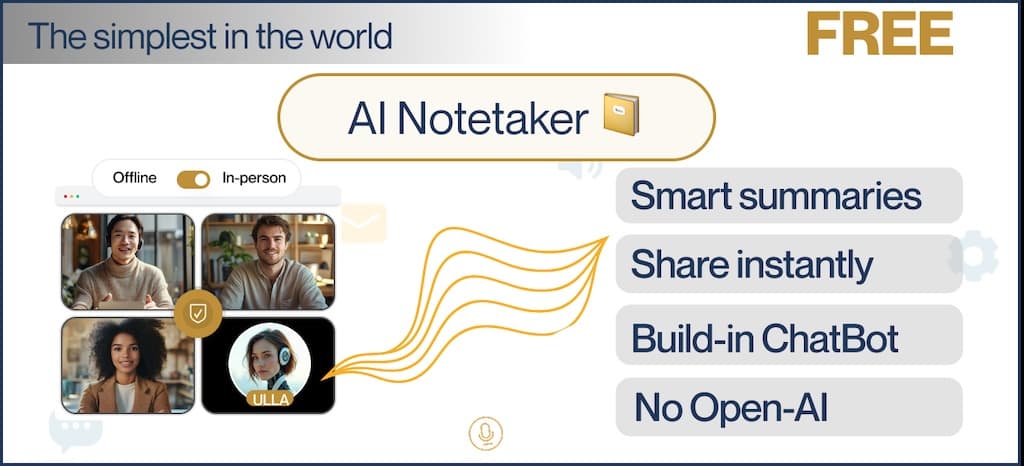Technology
Why our Free Weather API is so good yet free
Such powerful technologies as our ML can significantly advance both the accuracy and computing speed of global assemble forecasting models, a practice that was impossible only a few years ago. That makes the entire calculation fast and cost-effective, providing millions of customers with accurate forecasts promptly.
Weather data should be open to anyone
Not many types of data can affect business decisions and personal everyday plans on the same scale as weather data does. And that is not to mention the billions of dollars that businesses and governments are losing indeed due to extreme weather conditions that are beyond their control. However, most applications of accurate forecasts and history for businesses are more routine, yet more practical for daily analysis and decision-making. To name just a few, these include analysis of the impact of weather on customers’ demand for retailers, planning of safe routes for transport companies, accurate evaluation of customers’ cases for insurers, sensitive planning of energy consumption for householders, and timely watering of crops for farmers.
Modern technologies make accurate weather data not only widely available, but also nearly free
What seemed impossible just a few years ago, you can now do at lightning speed. Machine learning (ML), neural networks, big data, cloud spaces – all of this is easily accessible for calculating hugely sophisticated forecasting models such as Numerical Weather Prediction (NWP) or short-term forecasts that update rapidly.
ML empowers the classic forecasting models
When it comes to the computing and valuation of complex hydro-meteorological models, we rely on the most honourable agencies such as NOAA, Met Office, ECMWF, Environmental Canada. But we can enhance their models with our knowledge of data science and ML, given that most of the mathematics behind forecasting is well-known. For example, the forecasting algorithms for its extreme form, nowcast, have been in use since the 1950s’ radar data is open, and even free for some territories. Additionally, there are lots of specialised instruments for developers, such as Python libraries for the STEP (Short-term Ensemble Prediction System) computation.
Plethora of open weather data to be fed the ML model
Fortunately, global meteorological companies such as NOAA, the Met Office, Environment Canada and ECMWF share our belief that weather data should be open. They supply us with enormous data feeds, including data from radars, weather satellites and weather stations. They also provide a lot of more specialised products such as road alerts, road risks and marine weather.
Weather data finds their way to developers with Openweather ML model
Before weather data can find its way to businesses, it has to pass through the hands of developers, and they have to come to us. Our weather products are based on open data and open technologies. With our convolutional neural networks and ML technologies, we significantly enhance fundamental global forecast models with radar-based nowcasts, weather satellite data and the vast network of weather stations (82,000), rain gauges and other weather sensors. Developers access these vast amounts of data via our light-speed, elegant APIs.
Openweather ML calculates weather data for any location, for any moment, in the past, now, and in the future
With our APIs, you can get data for any location on the globe: minutely forecast for the two hours, hourly forecasts for one week, current weather, and history for the 46+ years back, with a vast range of meteorological parameters. All these remarkable products are available for free with up to 1 million calls per month. For those who are looking for a bigger service, we provide several paid subscriptions and a range of historical products.
If you want to know how accurate our weather model is, please read our detailed report.
For all requests, please contact us at info@openweathermap.org.









